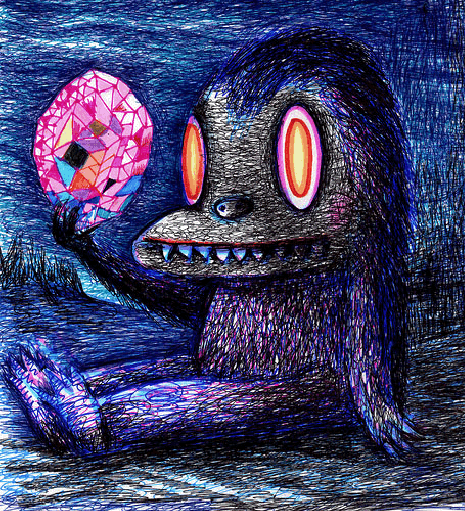save the unicorn
Please donate today to help us save this magical creature
Every startup company wants to become a unicorn — a private company valued at more than $1 billion. Unicorns are able to raise billions of dollars from investors on the speculation that they will become the next great thing. Not us, we claim it because of our so called rare nature. We are artists looking for the freedom to create without the hassle of putting a value on said creation or letting the people with the money tell us what to do. We want to give the value of the art to the artists. To be worth everything and at the same time be worth nothing. Not like the Generally, established companies out there who's value is based on their current and future operations and financials. We want to be part of "venture capitalism" — and particularly for our unicorn — there are no existing examples to draw from because companies like us, are developing brand new ideas for which there is no precedent. The valuation is therefore often based on assumptions and opening doors to the future, in our case the power of images. To all our donators we would like to say,
"Welcome To The Unicorn Club!"















































